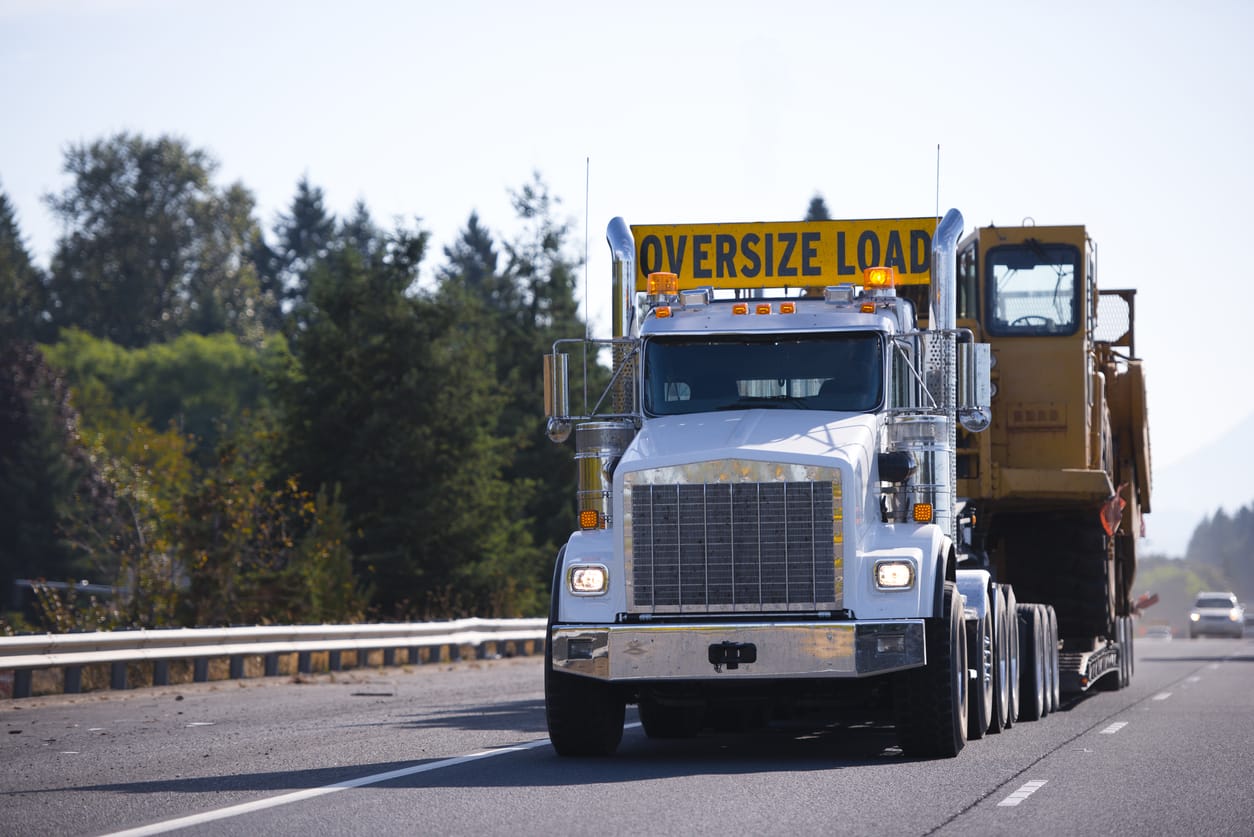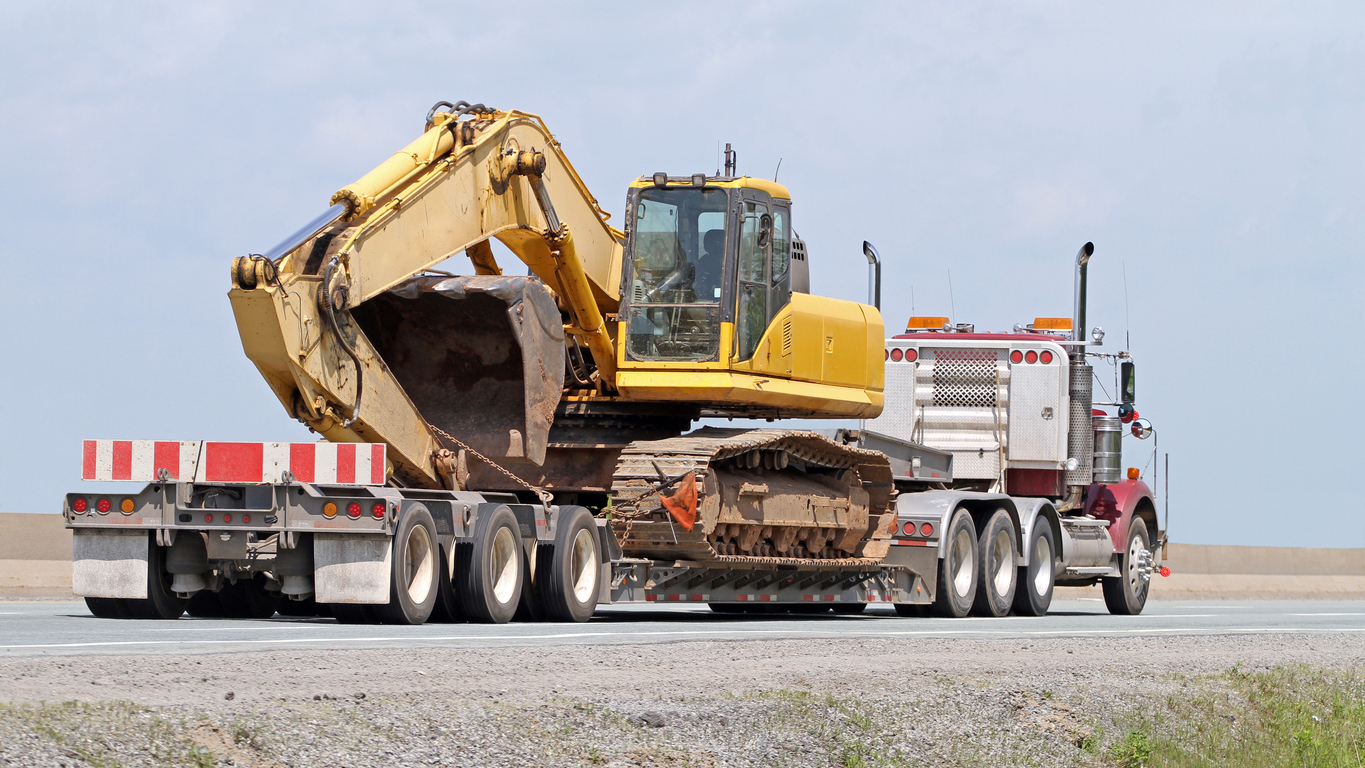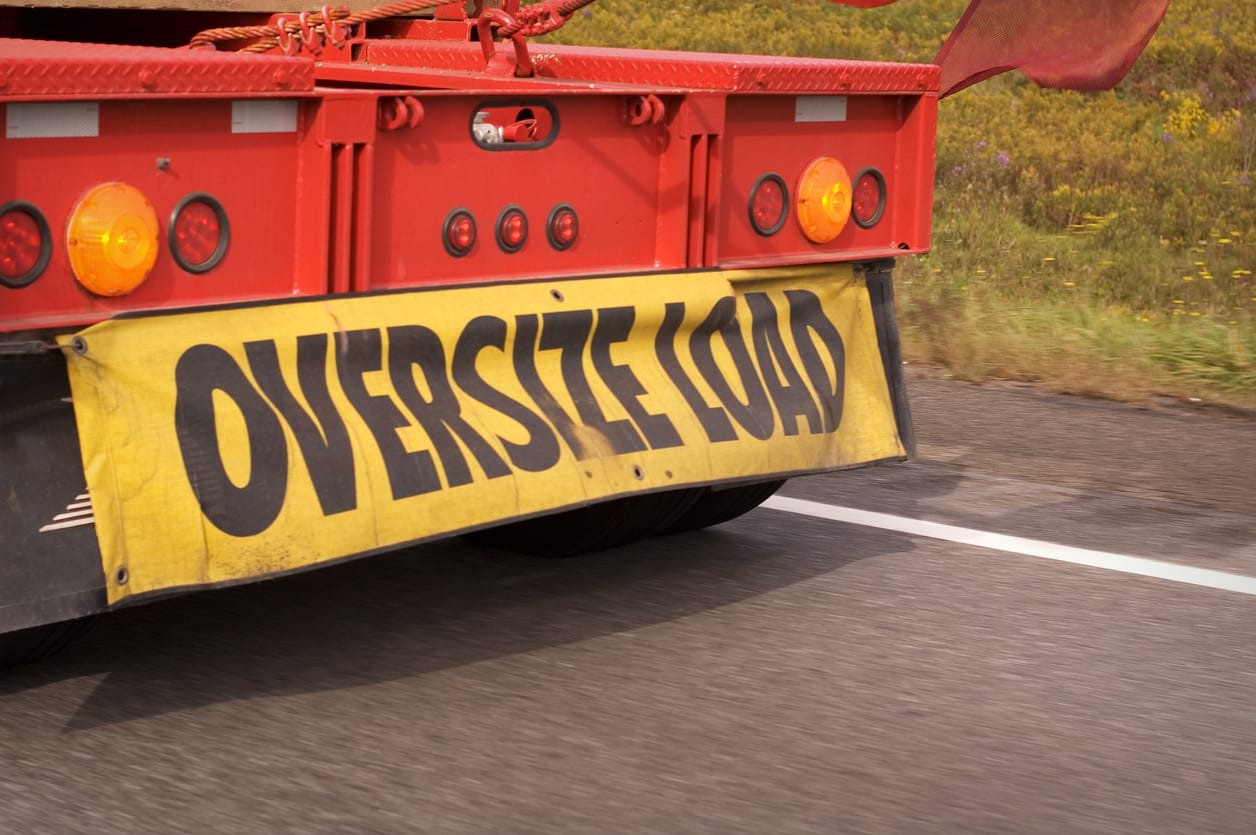Oversized loads are more expensive to move than standard loads, and they often require more preparation on the part of the broker and driver. Much more due diligence will need to happen as part of the process, for instance, the sourcing of special equipment, making sure extra safety precautions are taken as well as the issuance of extra permits in some cases.
Drivers are encouraged to follow these tips when transporting oversized loads to ensure the safe delivery of cargo from point A to point B.
Three key components of transport safety are Driver, Equipment and Load.
The driver is the most important part of the equation. They should be trained in the rules and regulations of the road.
They must also understand how to safely handle loads that may be oversized or heavy hauls. The equipment should be appropriate for the load being transported.
A vehicle which is too small for a load could lead to an accident or cause damage to both vehicle and cargo resulting in costly repairs or loss of goods while driving.
If a vehicle is too large for a particular type of cargo it can result in instability during transportation which can lead to accidents on top of increased fuel consumption due to excessive braking effort needed at lower speeds resulting in higher costs overall.
The National Transportation Safety Board defines an oversized load as a vehicle or object that cannot be transported on the public roadway.
This includes vehicles that exceed a width of 8 feet, a height of 13 feet 6 inches, or a length of 75 feet, or objects that exceed 100 square feet in cross-sectional area.
These loads are typically transported by special permits from the Department of Transportation and have their own set of guidelines for safe transportation.
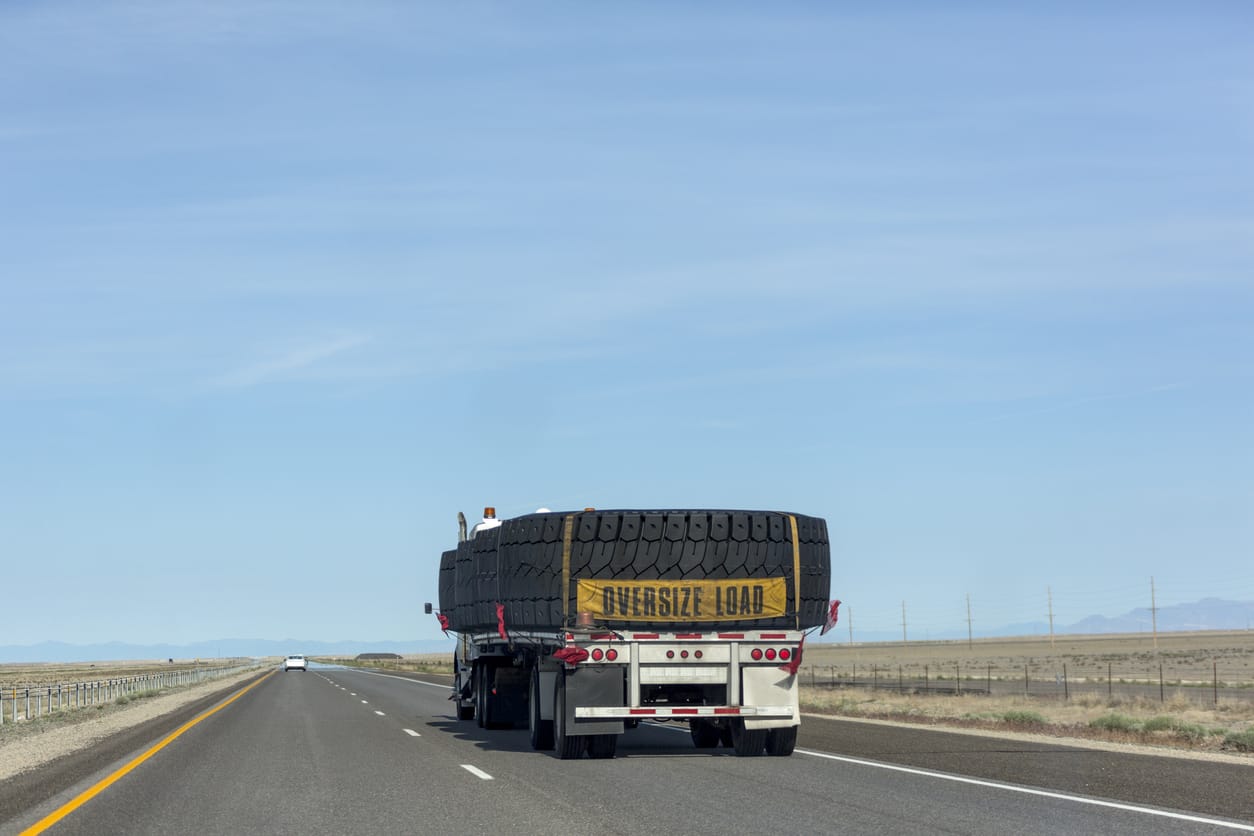
The first step in transporting an oversized load is applying for a permit.
To do this, you’ll need to contact your state’s Department of Transportation and request a copy of the regulations and specifications for oversize loads.
Once you have these items, you can submit your application and pay the necessary fees. Some states require that you get police escorts or permits from local fire departments as well.
In the United States, federal regulations govern the transportation of oversized loads on all public highways in interstate commerce. The Federal Highway Administration (FHWA) has published a guide called Transportation of Oversized and Overweight Vehicles that contains all pertinent information on transporting oversize/overweight loads within and between states.
The FHWA defines oversize as any load that is 8 feet wide or wider, 13 feet 6 inches high or higher, 108 feet long or longer, or weighs more than 100 tons of gross vehicle weight.
Overweight is any load that exceeds its state’s legal weight limit for trucks operating in non-Interstate traffic, permit as an authorization granted by the FHWA to transport specific commodities over designated routes at specified weights up to their applicable legal limits.
Clearance height as the distance from ground level to the underside of any part of a truck above its lowest point.

Driving slowly in construction zones might seem like a needless precaution, but it can help reduce the risk of accidents. Slower speeds will also allow drivers to stop more quickly if necessary.
If you are hauling an oversized load, remember that you need extra time and distance for safety purposes. Make sure that your vehicle is equipped with the appropriate safety features such as airbags, seat belts, and headrests.
It’s also important to take into account weather conditions and hazards such as slippery road surfaces or low visibility when planning your route so you can avoid potential risks.
Planning can help you avoid loading your truck too full and causing the vehicle to become dangerously overloaded. Plan what you’ll load first, then take a moment to look at how much space is left in the truck bed or trailer.
If there’s not enough room for what you’re about to load, consider repacking your load, or looking for another way of transporting it. If the load is oversize, try using pallets or crates instead of standard-sized boxes.
Even though you may think that an oversized item won’t be heavy, remember that an oversize load has more surface area and will weigh more than a smaller one of equal volume.
Keep in mind that an overweight load can cause serious damage to your vehicle or property.
Be sure to plan before loading your truck so that you are only hauling as many items as it can safely handle.
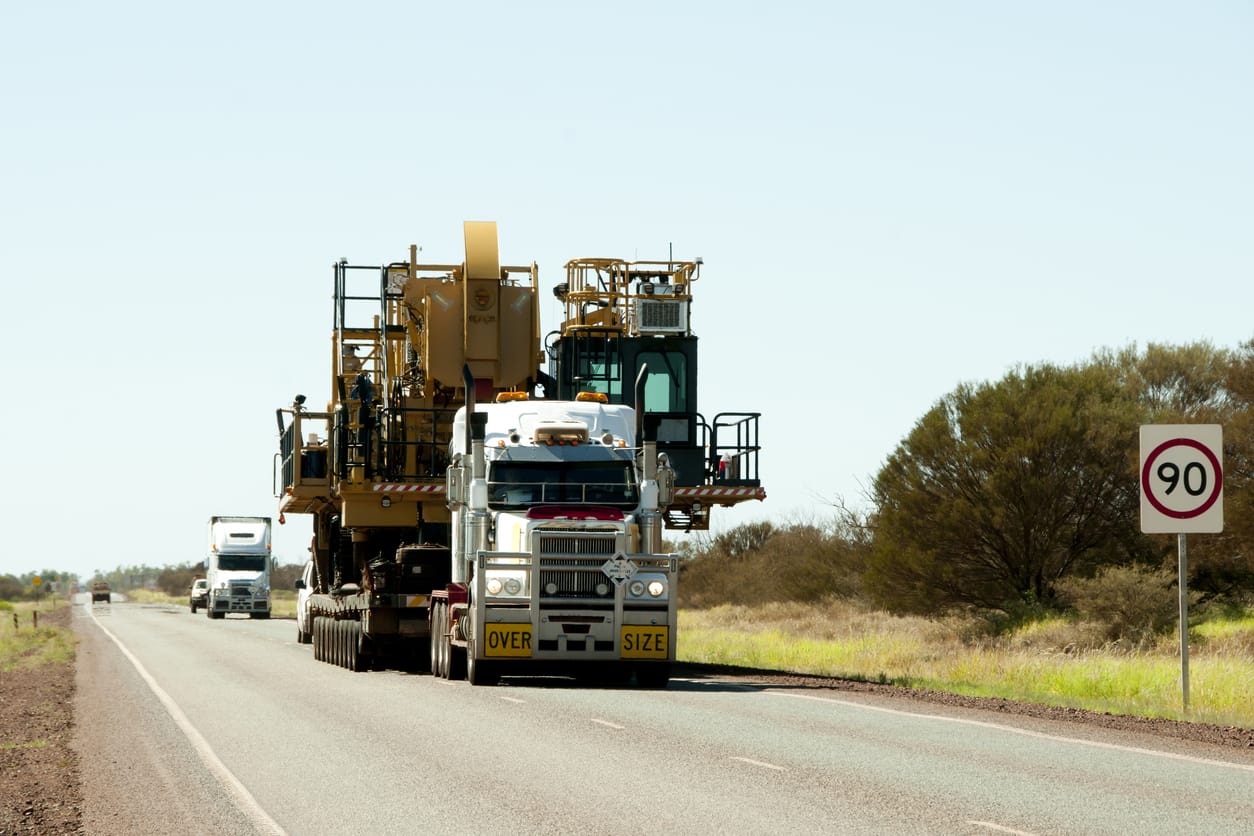
- Secure the load with ropes, chains, and cargo straps.
- Reduce the size of the load by lightening it through loading and unloading or breaking down items into smaller parts.
- Secure any protruding objects like poles, pipes, or stakes so they don’t come loose during transit.
- Use a heavy-duty trailer for large loads.
- Use a safe vehicle for transporting large loads in urban areas or on highways.
- Plan your route carefully to avoid sharp turns that could cause the load to shift out of place or become unmanageable.
- Make sure you have enough fuel along your route so that you don’t have to drive around looking for gas stations in rural areas.
When it comes to transporting large and heavy loads, these vehicles must meet some requirements set by the Department of Transportation.
The following is a list of what you need to know about moving oversized loads.
- Vehicles with a gross vehicle weight rating (GVWR) over 26,000 pounds are classified as heavy commercial motor vehicles.
- The truck’s tires should be inflated to the manufacturer’s recommended pressure.
- Driver should not exceed 11 hours of driving after 10 consecutive hours off duty in a day; 60 or 70-hour work weeks are permitted but drivers cannot drive more than 14 consecutive days in any period of 28 days.
- Under no circumstance should drivers drive within eight hours of going off duty, when they will have been on duty for 16 hours.
- All drivers must have eight hours of rest at home between periods away from home that total 24 or more consecutive hours.
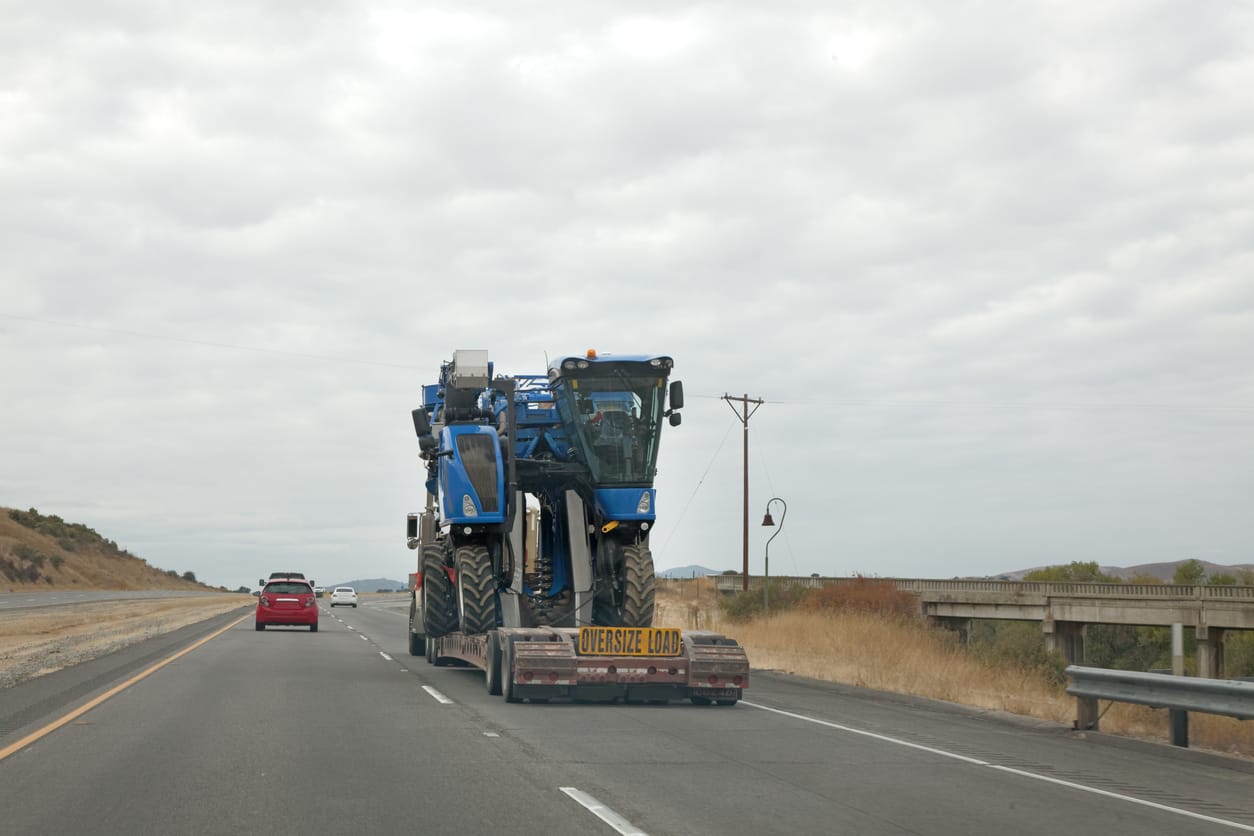
Carriers are responsible for ensuring that their drivers maintain a duty of care for the loads they are transporting. A driver may be found liable if he or she causes injury or damage by violating this duty.
Drivers must continuously maintain a state of awareness and attention, without distraction, to avoid violating the duty of care.
Inattention, including texting while driving, is dangerous and can lead to liability issues. This applies not only when the load is being transported but also when it is being loaded onto the truck.
The consequences of inattention include both injuries and financial losses that can result from negligence as well as wrongful death lawsuits filed by family members who have lost loved ones because of a negligent driver’s actions.
It’s important to be prepared for any situation that might happen, so it’s always a good idea to have a first aid kit handy. If you’re transporting an oversized load, it’s also wise to keep a first aid kit on hand in case of any accidents or injuries that may occur.
There are many different types of first aid kits available, depending on what your needs are. In addition to the basics like bandages and gauze, some kits will have more specialized items such as splints and tourniquets.
It’s best not only to prepare for common accidents but also to be ready for more serious injuries and emergencies as well.
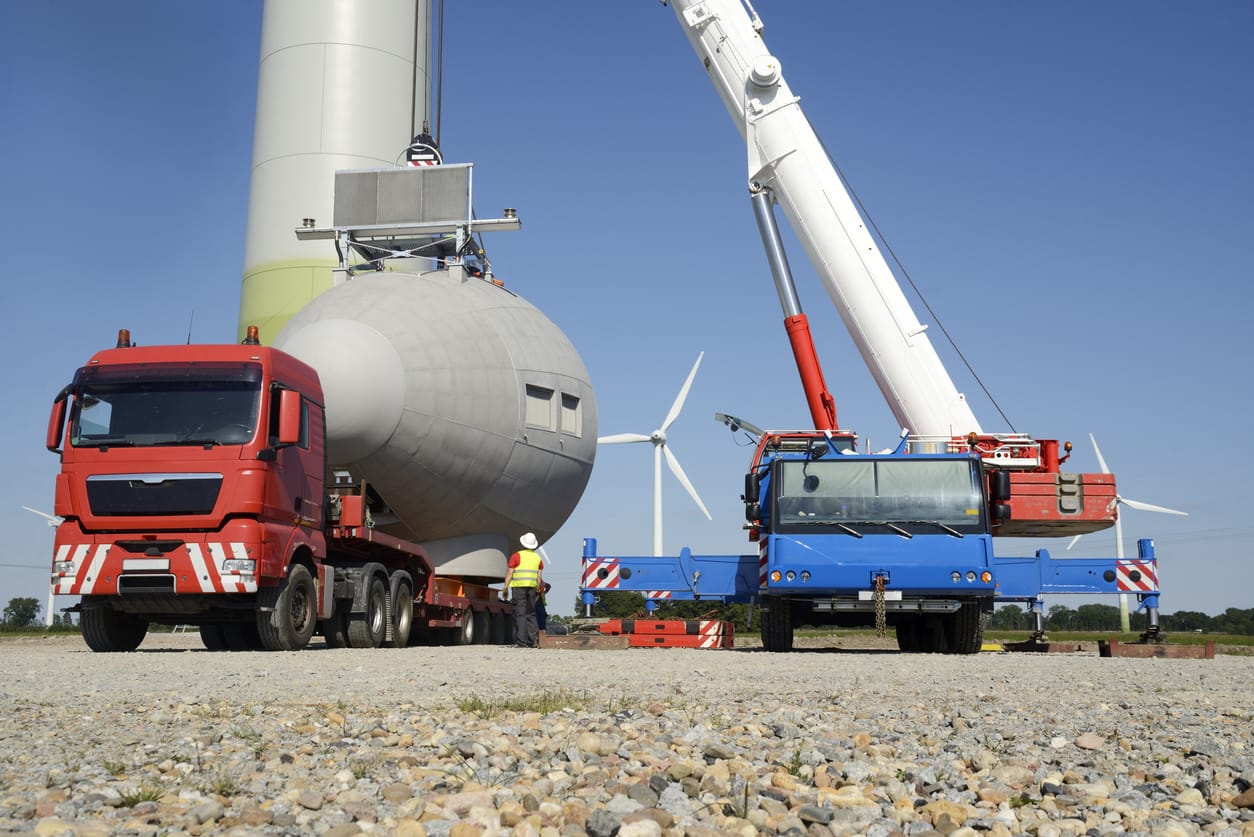
Drivers should always be aware of the size and weight of their vehicles. When passing large vehicles on the road, drivers should exercise caution.
Some things you can do include:
- Maintain a safe following distance and make sure your car is visible at all times in case you need to accelerate or stop suddenly;
- Always signal your intentions before changing lanes or merging onto a highway;
- Stay back from ramps, bridges, and overpasses because they might not be able to see you;
- Avoid driving down narrow one-way streets or into parking lots that are too small for your vehicle.
If you’re hauling anything larger than the average car, then bad weather can make your job much more difficult. Heavy rain or snow will make it harder for you to see and you’ll be less able to stop in time if something goes wrong.
The best thing you can do is slow down and increase your stopping distance by 10 feet. This will give you enough space between yourself and the object in front of you so that if they brake suddenly, they’ll hit an obstacle instead of your load.
Be sure to use extra caution at intersections and heavy traffic areas as well. You should also know that driving on windy roads could cause damage to your truck, cargo, trailer hitch or other equipment – which could result in injury to anyone on board.
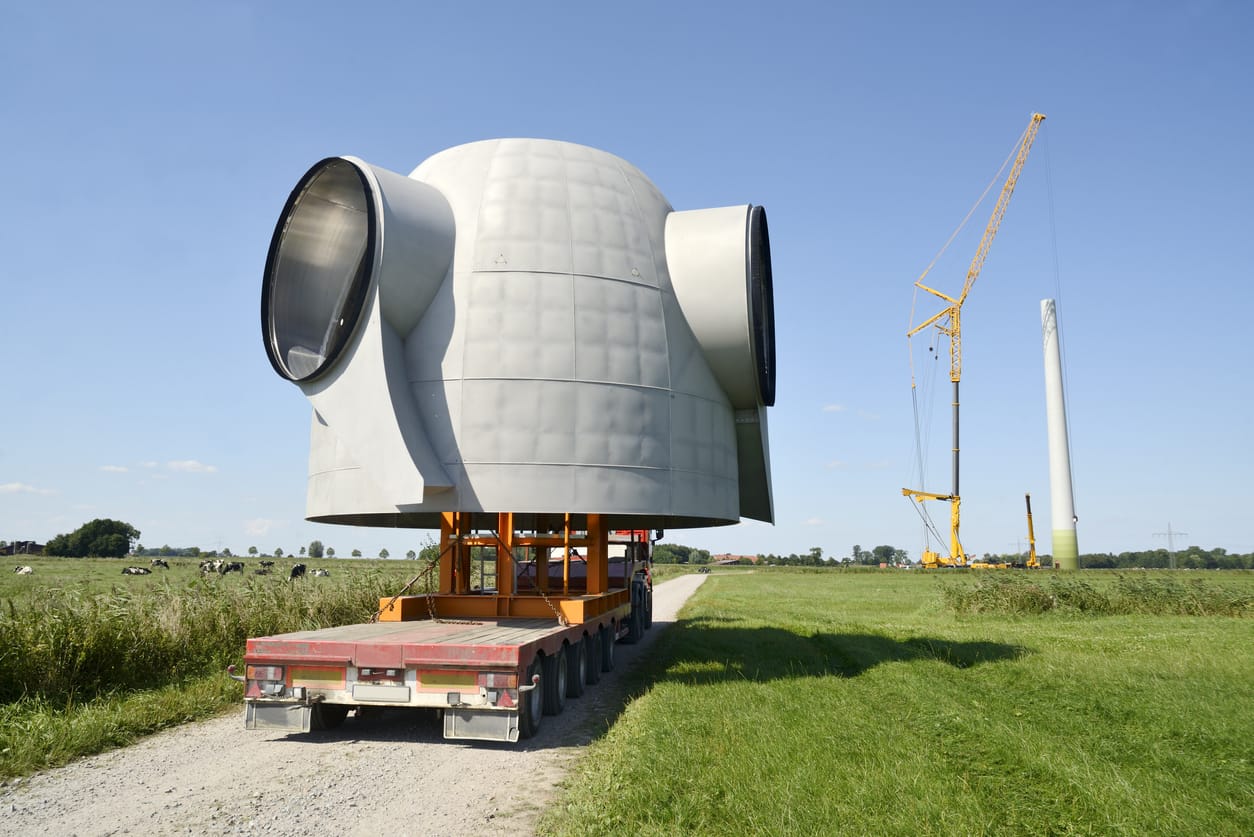
- Plan your route ahead of time, taking into consideration the amount of time needed for rest areas and fuel stops.
- Don’t drive more than 14 hours in a row, with at least two hours awake outside the vehicle between shifts.
- Take a break every 2 hours or 200 miles, whichever comes first.
- Stop for 15 minutes at every break (don’t just putter around)
- Get up and walk around as often as possible while you’re driving.
- Watch out for common signs of drowsiness like heavy eyelids or yawning during the day.
At SAC, We’d be more than happy to help you with any questions you may have about transporting overweight cargo, as well as assist you in delivering them.
We pride ourselves on our exemplary customer service and industry expertise. We understand the difficulties of transporting oversized loads. Contact us anytime.
Before you load the truck and trailer, the vehicle must be inspected to make sure it is safe to travel. Be sure to inspect all lights, safety straps, mirrors, tires and wheel alignment.
Make sure that there are no cracks or holes in the windshield or windows. Check all lights on your vehicle and make sure they work properly including headlight adjustment as well as signal lights when changing lanes or making turns.
Tow vehicles should always be inspected with a certified technician before each trip to ensure everything runs correctly and is safe for transporting oversized loads.
This includes checking:
- hoses for wear and leaks;
- check fluid levels of brake fluid/power steering fluid/transmission fluid/coolant,
- check transmission linkage for proper operation,
- check tire pressure weekly using an accurate gauge (not just by looking at individual tires).
There is little doubt that oversize and heavy loads pose a special challenge for the transportation industry.
However, with proper planning and attention to detail, these loads can be safely transported from one location to another with little trouble.
To ensure your next heavy shipment goes off without a hitch? Leave it to shipping and transport professionals like the SAC Heavy Haul Specialists.
